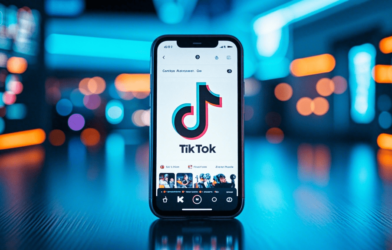The AI landscape is growing fast, and staying ahead means using the right tools for your personal or professional goals. Whether you’re a content creator, business owner, or just curious about the tech, these top AI tools in 2025 are revolutionizing productivity, creativity, and analytics.
In this guide, we’ll not only highlight the best tools—you’ll also learn how to use them effectively.
🔍 Table of Contents
What Makes a Great AI Tool?
Top 5 AI Tools in 2025
ChatGPT (OpenAI)
Midjourney
Notion AI
Runway ML
Synthesia
Bonus Tools Worth Exploring
Final Thoughts and Recommendations
1. What Makes a Great AI Tool?
A top-tier AI tool in 2025 should be:
Easy to use with little or no coding
Capable of solving real problems (not just hype)
Affordable or offer a free tier
Secure and privacy-conscious
Backed by regular updates and community support
2. Top 5 AI Tools You Should Know
✅ 1. ChatGPT by OpenAI
Purpose: AI assistant for writing, coding, research, and productivity
Use Case: Draft emails, brainstorm content, create summaries, write code
Why It’s Powerful: With GPT-4 Turbo, it can reason, understand context deeply, and even browse (if enabled)
Pro Tip: Use ChatGPT for outlining content or generating marketing copy drafts, then human-edit for SEO and tone.
🎨 2. Midjourney
Purpose: AI image generation
Use Case: Create logos, concept art, mood boards, or product prototypes
Why It’s Powerful: Produces stunning, high-quality visuals from text prompts
Pro Tip: Combine Midjourney output with Canva or Photoshop for professional branding.
📝 3. Notion AI
Purpose: Productivity and knowledge management assistant
Use Case: Auto-generate meeting notes, summarize project updates, brainstorm in-app
Why It’s Powerful: Seamlessly integrated into the popular Notion workspace
Pro Tip: Use it to maintain a dynamic knowledge base or to-do list that adapts to your input.
🎥 4. Runway ML
Purpose: Video editing and generative media
Use Case: Remove backgrounds, create AI-generated videos, upsample footage
Why It’s Powerful: Democratizes Hollywood-style editing for creators and startups
Pro Tip: Use Gen-2 by Runway to generate short-form AI videos for marketing or storytelling.
🗣️ 5. Synthesia
Purpose: AI video generation with avatars and voiceovers
Use Case: Create training videos, explainer clips, or ads without a camera crew
Why It’s Powerful: Converts scripts into realistic, studio-quality videos using virtual presenters
Pro Tip: Use it for internal training materials or marketing videos in multiple languages.
3. Bonus AI Tools Worth Exploring
Descript: Podcast and video editing via text
Perplexity AI: AI-powered search and research tool
Claude by Anthropic: Ethical alternative to ChatGPT with nuanced output
DALL·E 3: For quick illustrations and ad visuals
Copy.ai: Marketing copy and email generation
📝 Final Thoughts
The future of work is AI-augmented. These tools aren’t just trendy—they’re practical, time-saving, and often game-changing when used intentionally. Try a few, combine them in creative workflows, and find what fits your personal or business needs best.













